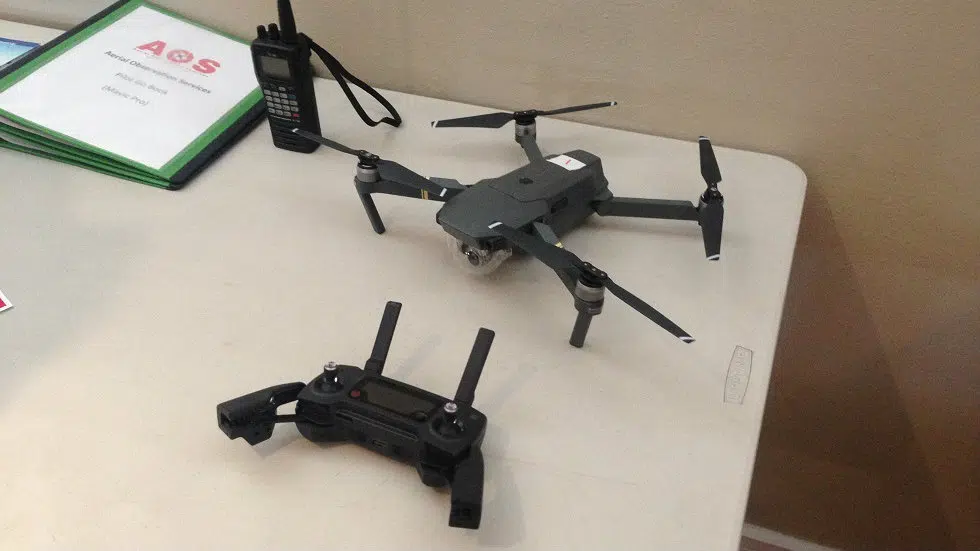
With the industry growing rapidly, residents in Lethbridge can now train to obtain a drone pilot’s licence
LETHBRIDGE – They started off as things to play with in the living room or out in the yard, but slowly but surely over the years the drone industry has been growing and growing.
It’s gotten to the point now that Transport Canada has brought in some rules and regulations governing Remotely Piloted Aerial System, or RPAS.
Aerial Observation Services and Excel Flight Training Inc. in Lethbridge announced a new RPAS pilot training partnership on Monday, Oct. 29, that will allow aspiring pilots to train locally and become certified to fly.
Mike Hoffman, co-owner of AOS and Studio Eh Productions, says the drone industry is changing rapidly.


